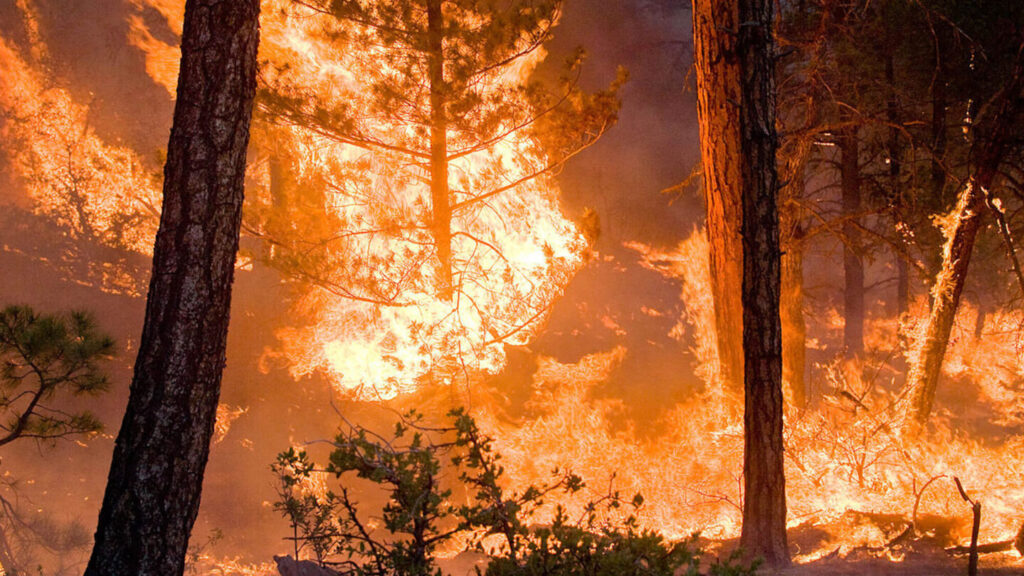
All nursing homes are required to have smoke monitors that alert residents and staff when a fire occurs inside the building.
But in the future, it also may be important to have monitors installed to gauge the effects of outside fires — including those that may have occurred thousands of miles away.
This summer, researchers from Colorado State University are expanding a long-term care monitoring study currently being conducted in Mountain Time Zone states.
An “astonishing” amount of particulate matter from smoke gets into long-term care facilities, which often aren’t designed to filter out such material from the air, the researchers warn in a new report from KFF Health News.
That isn’t necessarily the fault of the building designers, who could not have anticipated how wildfire threats could have become exacerbated. But 2023’s wildfires around North America revealed that the resulting pollution was so bad that it didn’t make a difference whether seniors were indoors or out, the researchers said.
Older adults anywhere are at heightened risk for poor health due to wildfire smoke, due to their generally poorer existing cardiac or respiratory conditions. An added potential hazard: Wildfire smoke may heighten seniors’ risk for dementia, McKnight’s Senior Living reported last year.
The monitors themselves may help alert residents and staff members for when extra caution — such as respirators or face masks — is needed. But it also could help determine whether more robust tech measures are needed, such as better air filtration.
The head researcher for the air quality study, CSU’s Luke Montrose, said his overarching goal is to make sure more long-term care operators nationwide install monitors.
Although wildfires and prolonged air quality effects are no longer a new phenomenon, unfortunately wildfire seasons are expected to last longer and be more wide-ranging for the foreseeable future, the US Environmental Protection Agency warns.
Last year, 120 million people in Canada and the United States were affected by wildfire-caused air quality alerts, data show.
Air quality within senior living is not yet federally regulated, although many communities have filtration systems. Some new technologies, such as UV-light spraying robots, are designed to zap air hazards, although that’s mostly geared toward killing germs and airborne pathogens such as COVID-19.


